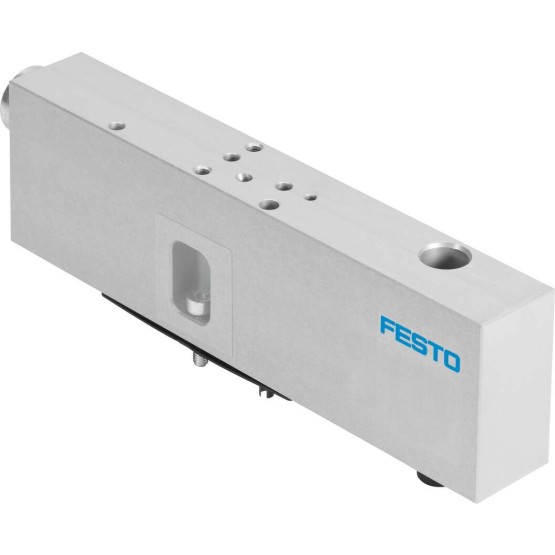Connecting and Controlling Miniature Solenoid Valves with PLC
2024-04-12
Introduction: In the realm of automation, miniature solenoid valves are prevalent control components, while Programmable Logic Controllers (PLCs) serve as indispensable control devices. The connection and control of miniature solenoid valves with PLCs are pivotal steps in realizing automated systems. This article provides a detailed overview of how to connect and control miniature solenoid valves with PLCs.
Miniature Solenoid Valve Overview: Miniature solenoid valves are devices used to control the flow of liquids or gases by employing electromagnetic force to manipulate the valve’s state. Typically composed of a coil, valve body, and plunger, these valves alter their opening state when current is applied to the coil, resulting in the movement of the plunger.
PLC Overview: A PLC is a specialized industrial control computer utilized for logic control in automated production processes. It executes various control tasks based on pre-set programs, such as monitoring input signals, executing logical operations, and controlling output devices.
Connecting Miniature Solenoid Valves with PLCs:
- Physical Connection: Begin by connecting the coil of the miniature solenoid valve to the digital output port of the PLC. This usually requires using wires to establish a connection between the valve’s coil and the output terminal of the PLC. Ensure correct connections to prevent electrical faults.
- Electrical Parameter Configuration: In the programming software of the PLC, configure the relevant output port parameters, including port type (digital output), port number, and the operating mode of the output signal (e.g., normally open or normally closed).
- Software Programming: Write the control program for the PLC to achieve control over the miniature solenoid valve. This typically involves writing logical control statements to determine when to open or close the output port associated with the miniature solenoid valve based on the system’s logical conditions.
Controlling Miniature Solenoid Valves:
- Logical Control: Within the PLC program, utilize logical control statements (e.g., IF-ELSE, WHILE) to determine when to send a signal to the coil of the miniature solenoid valve to open or close it. For instance, when a certain condition is met, the PLC outputs a signal to the valve’s coil to actuate it.
- Time Control: Sometimes, it is necessary to control the operation of miniature solenoid valves based on time. In the PLC program, timer or counter instructions can be employed to implement timing control, thereby regulating the working cycle of the miniature solenoid valve.
- Feedback Control: To ensure that the state of the miniature solenoid valve matches the expected state, sensors can be used to monitor the actual status of the valve and provide feedback signals to the PLC. The PLC can adjust the output signal automatically based on the feedback signal, enabling closed-loop control.
With correct connection and programming, miniature solenoid valves can be effectively connected and controlled with PLCs. This integrated control system finds extensive applications in industrial automation, fluid control, and other fields, providing crucial support for the automation and intelligence of production processes.